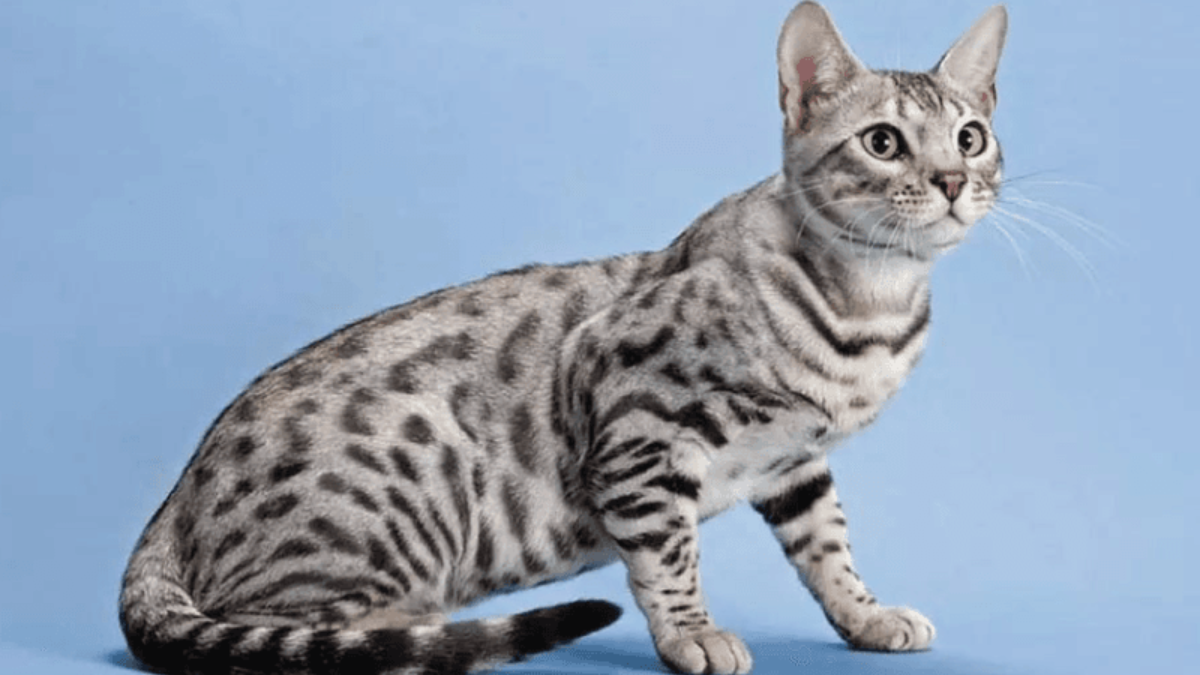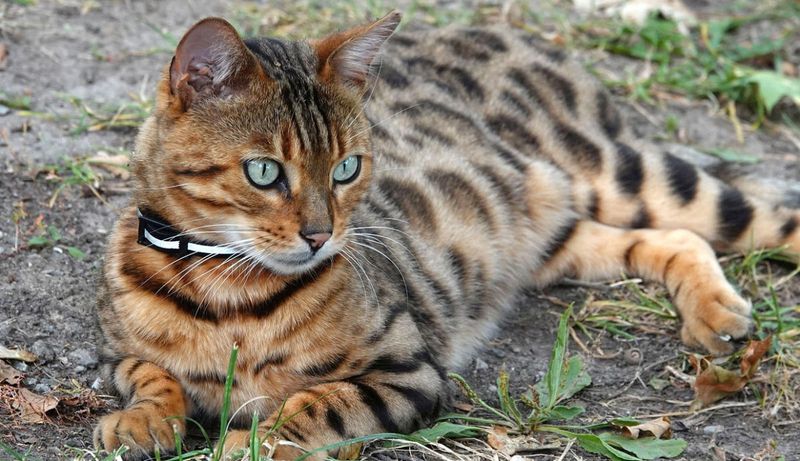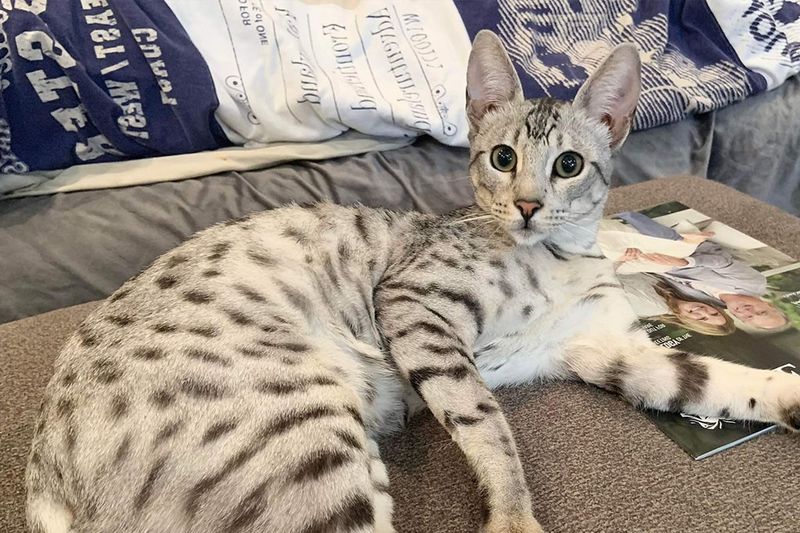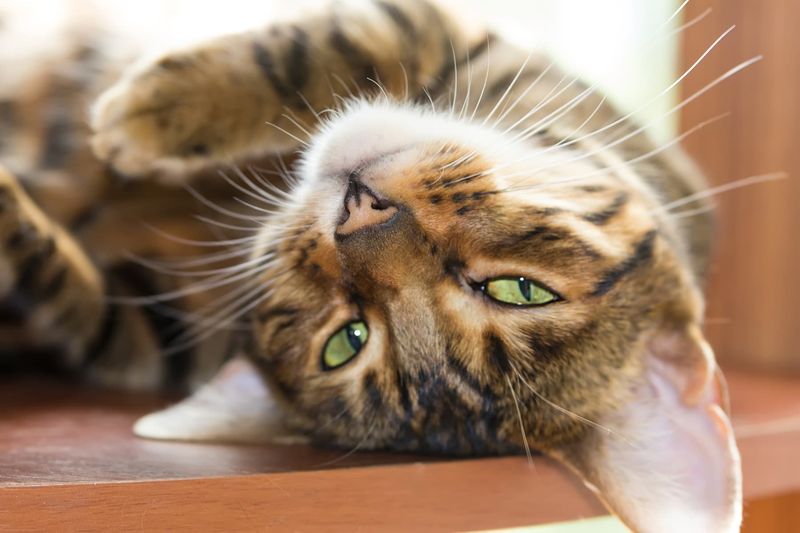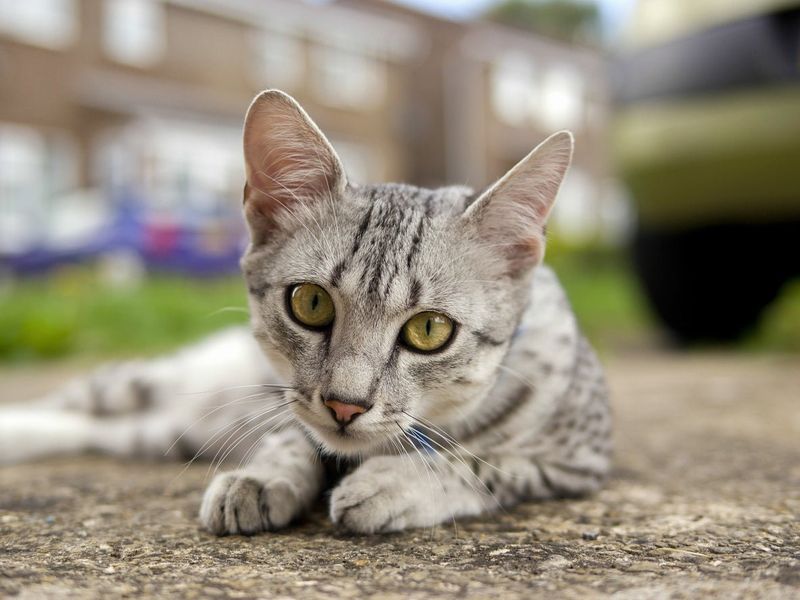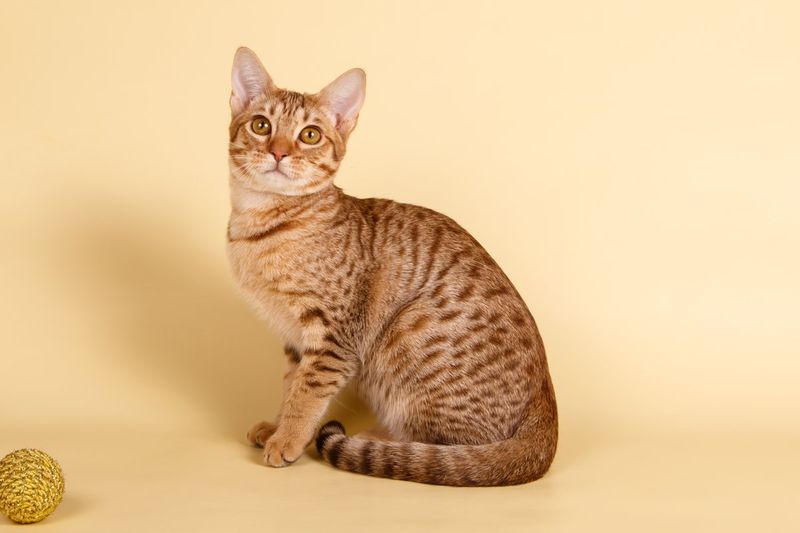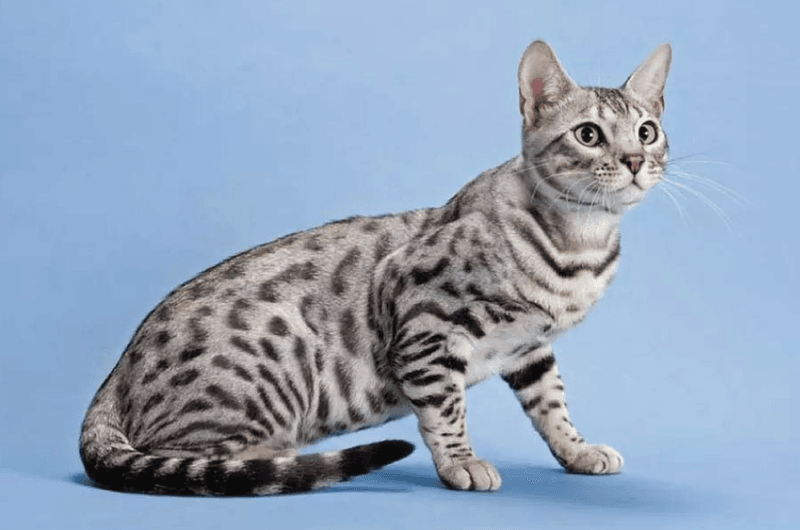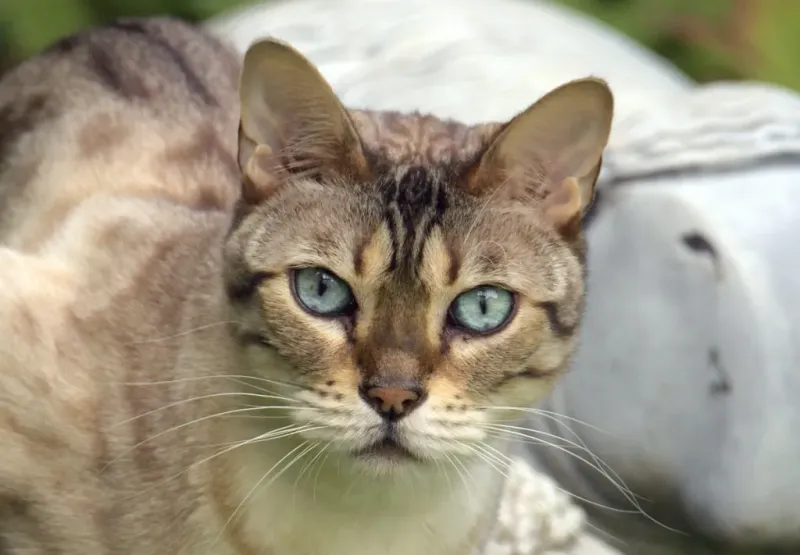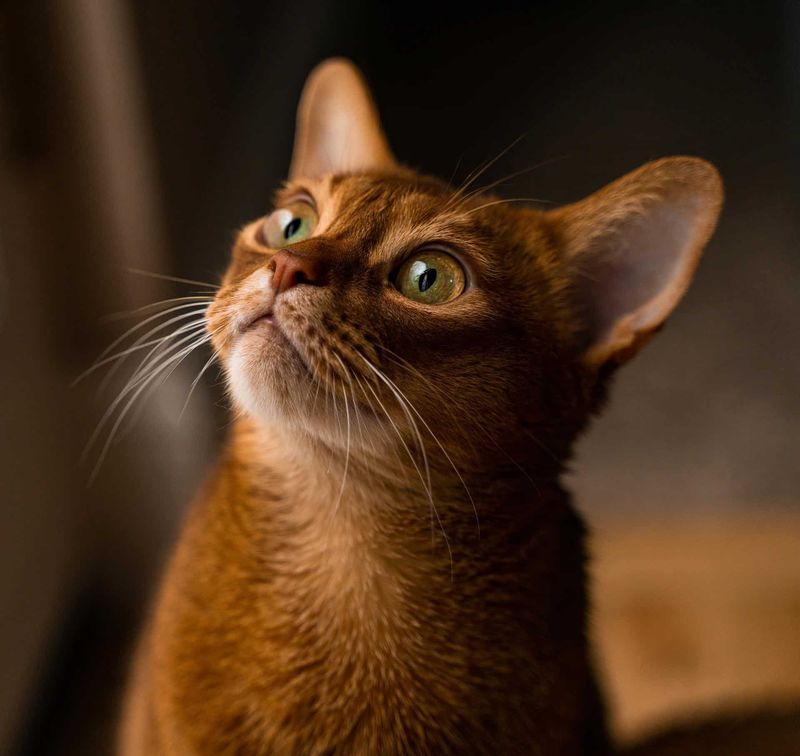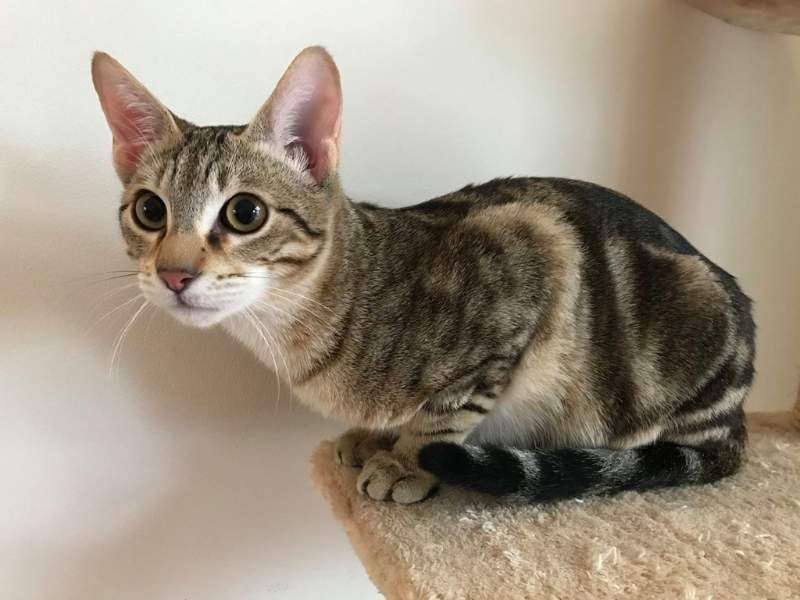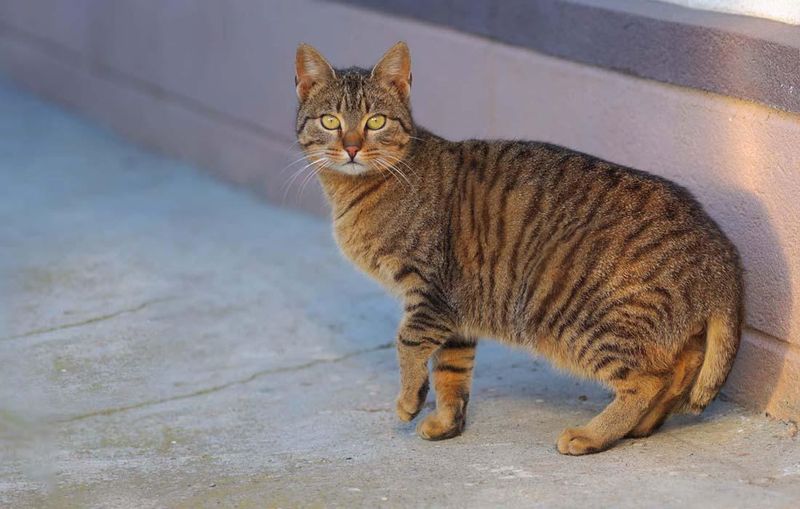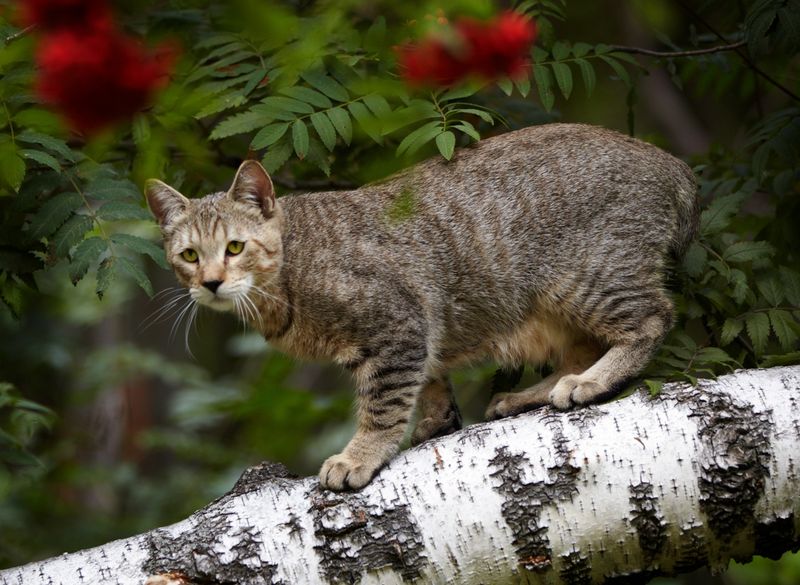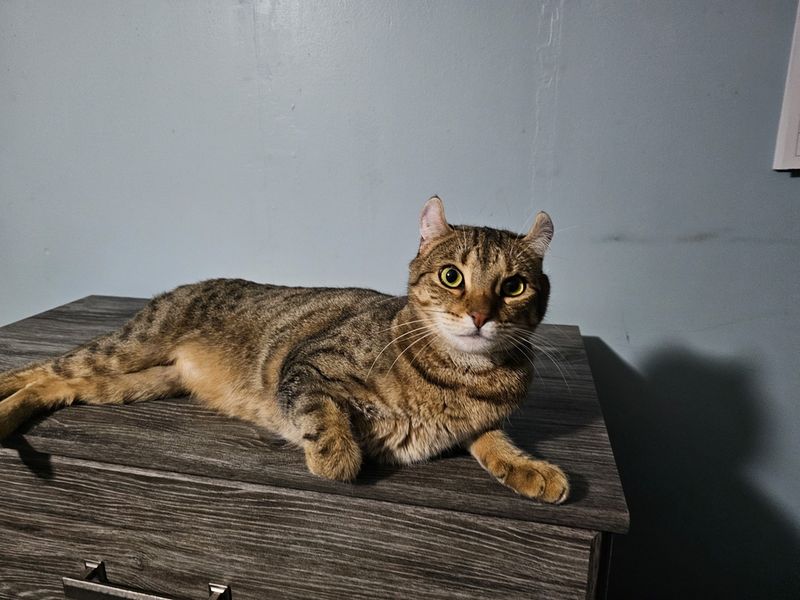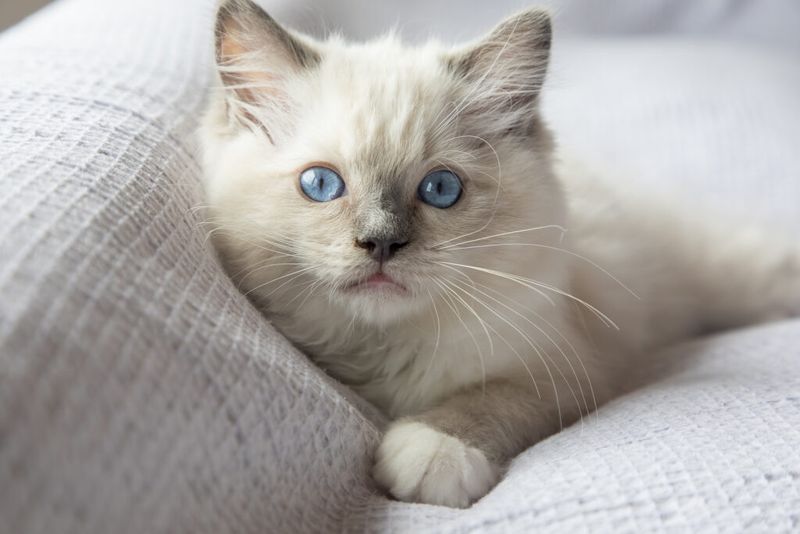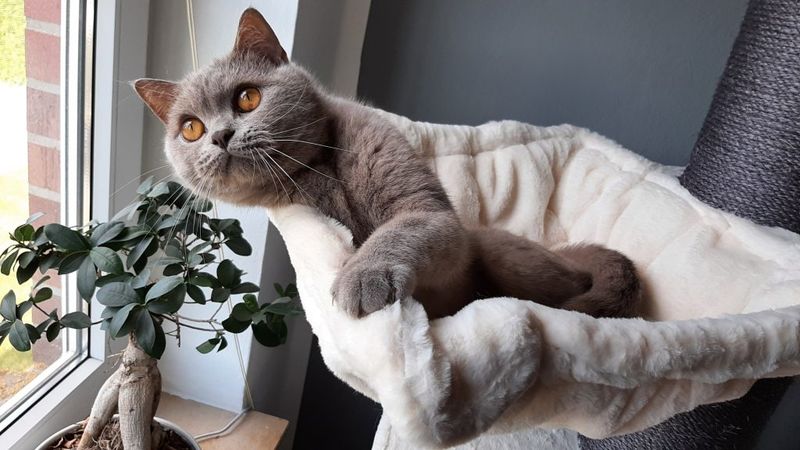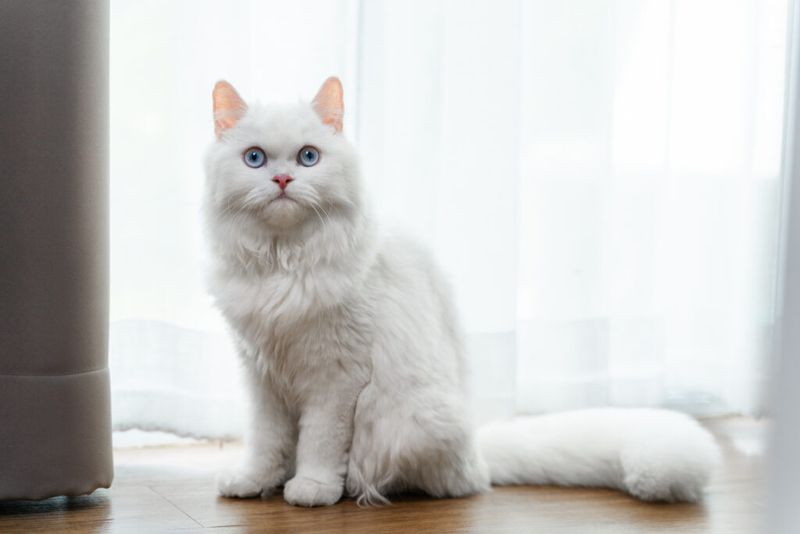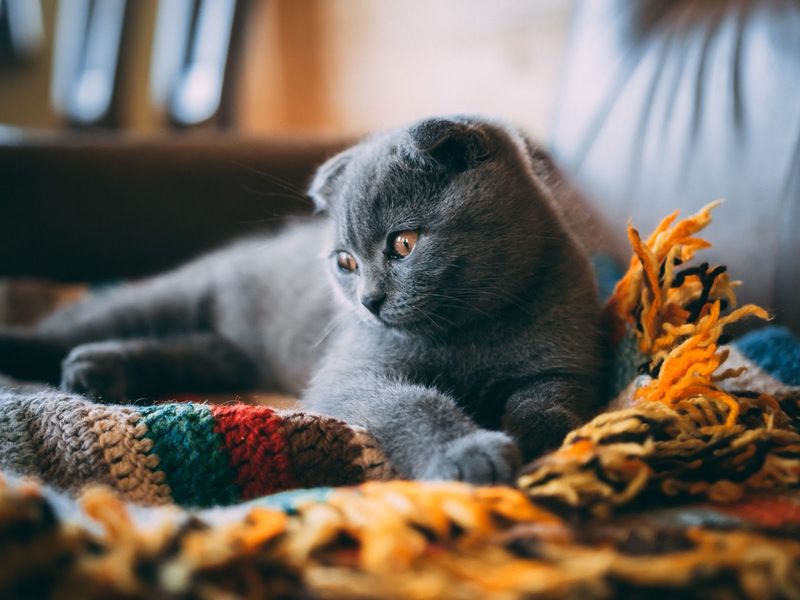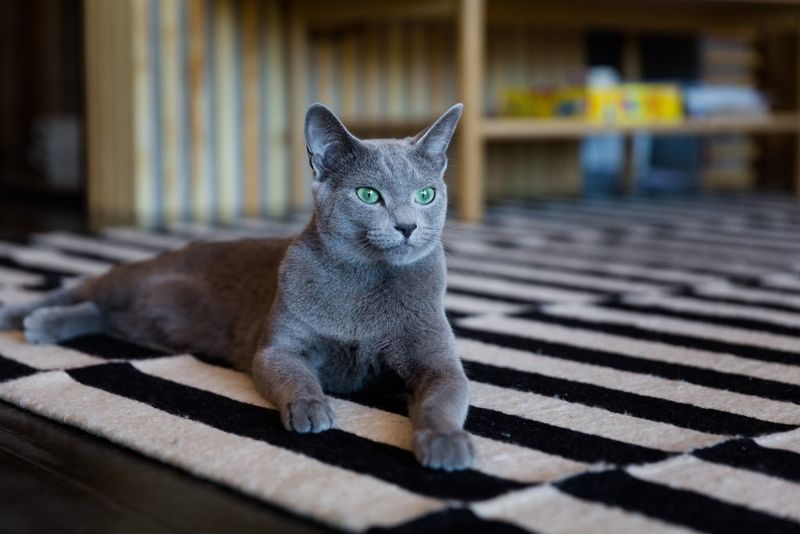📖 Table of Content:
Some cats bring the energy of the wild into the living room, with bold personalities and fierce independence. Others prefer quiet moments, offering calm companionship and endless affection. The contrast between these temperaments makes choosing a breed an exciting challenge.
Certain breeds mirror their wild ancestors in both appearance and attitude, often displaying strong instincts and a commanding presence. These cats tend to be active, intelligent, and always ready to explore their environment. They thrive in homes that match their need for stimulation and adventure.
Then there are breeds that lean into relaxation and social bonding, often seeking out laps and lounging spots. Their easygoing nature makes them ideal for families, apartment living, or anyone looking for a steady companion. Knowing which type of cat fits best can make all the difference in building a lasting bond.
1. Bengal
Bengals are the ultimate mini tigers with their distinctive spotted or marbled coats that look straight out of the jungle. These athletic cats maintain the wild appearance of their Asian leopard cat ancestors while adapting to domestic life.
Highly intelligent and energetic, Bengals need plenty of stimulation to prevent boredom. They love water, often pawing at faucets or joining their owners in the shower. Many Bengal owners install cat wheels to help burn off excess energy.
Despite their wild looks, these cats form strong bonds with their families. Their playful nature never fully disappears, even as they age.
2. Savannah
Bred from African servals and domestic cats, Savannahs stand out for their size. First-generation Savannahs can grow to an incredible 17 inches tall at the shoulder. That’s significantly taller than the average house cat.
Their exotic spotted pattern, large ears, and long legs give them a striking resemblance to wild cats. These felines possess incredible jumping abilities, easily leaping onto refrigerators or tall bookcases from a standing position.
Extremely loyal and dog-like in behavior, Savannahs often follow their owners around the house and can even be trained to walk on leashes. Their confident personalities make them showstoppers in any home.
3. Toyger
These cats don’t just look like tiny tigers—they were designed to. Toygers have bold orange coats with jet-black stripes that make them hard to miss. They bring a wild aesthetic into the comfort of a home.
Unlike their wild inspirations, Toygers are completely domestic with friendly, outgoing personalities. They thrive on interaction and enjoy being part of family activities. These intelligent cats respond well to training and can learn tricks or even walk on leashes.
Breeder Judy Sugden developed Toygers in the 1980s, selecting for increasingly tiger-like features with each generation. Their muscular bodies and confident strut further enhance their wild appearance, making them living artwork for tiger enthusiasts.
4. Egyptian Mau
Clocking in at 30 mph, the Egyptian Mau is the speed champ of the domestic cat world. Its spots aren’t man-made—they’re a product of natural evolution. It’s one of the few breeds to wear its wild heritage so visibly.
These athletic cats feature unique “mascara” lines extending from their eyes and corners of their mouths. They possess longer hind legs that create a slight elevation in their back stance, similar to cheetahs. This physical trait contributes to their impressive speed.
Egyptian Maus have a strong connection to ancient Egypt, where cats were revered. Their alert expressions and graceful movements reflect the dignity of their ancestors who were worshipped in temples thousands of years ago.
5. Ocicat
Ocicats showcase wild-looking spotted coats despite having no actual wild DNA. They were created by crossing Siamese, Abyssinian, and American Shorthair cats to achieve their exotic appearance.
Athletic and muscular, these cats combine the social nature of Siamese with the hunting instincts of Abyssinians. They excel at interactive play and often carry toys around the house. Many Ocicat owners describe their pets as having dog-like loyalty, following them from room to room.
Despite their fierce appearance, Ocicats are extremely people-oriented. They don’t do well when left alone for long periods and thrive in households where someone is usually home. Their spotted coats come in twelve different color combinations, including chocolate, cinnamon, and blue.
6. Serengeti
Long legs, upright ears, and a spotted golden coat give Serengeti cats a wild, serval-like look. But there’s no wild DNA here—they were bred entirely from domestic cats. It’s all about capturing the appearance, not the temperament.
Created by crossing Bengals with Oriental Shorthairs, these cats inherit the athletic build of Bengals with the sleek body type of Orientals. They possess remarkable agility, capable of impressive vertical jumps. Serengetis need vertical space and climbing opportunities to truly thrive.
These cats form deep bonds with their humans but maintain an independent streak. They’re known for their distinctive voices and aren’t shy about expressing opinions. Most Serengetis enjoy interactive play that challenges both their bodies and minds, keeping them mentally and physically stimulated.
7. Chausie
Chausies blend wild jungle cat genes with domestic breeds, creating a large, athletic feline with a wild appearance. Males can weigh up to 25 pounds, making them one of the largest domestic cat breeds.
Their muscular bodies, high cheekbones, and tall ears give away their jungle cat heritage. Early generations of Chausies display more wild behaviors, while later generations become more predictably domestic. These cats require significant space to run and jump, making them unsuitable for small apartments.
Highly intelligent and curious, Chausies need mental stimulation to prevent destructive behaviors. They excel at puzzle toys and learning tricks. Their playful nature continues well into adulthood, and many owners describe them as perpetual kittens despite their impressive size.
8. Abyssinian
With their sleek bodies and alert expressions, Abyssinians resemble miniature mountain lions. Their unique ticked fur features multiple bands of color on each hair, creating a shimmering, textured look. The effect shifts subtly depending on the lighting, giving them a constantly changing coat.
Perpetually in motion, these cats rarely sit still for long. They investigate every corner of their homes and climb to the highest points available. Abyssinians retain their kitten-like playfulness throughout their lives, always ready for interactive games.
One of the world’s oldest known cat breeds, Abyssinians may have descended from sacred cats of ancient Egypt. Their expressive eyes and ears constantly move to track sounds and movements, reflecting their keen hunting instincts and high intelligence. They thrive with puzzle toys that challenge their problem-solving abilities.
9. Sokoke
Originating from Kenya’s Arabuko-Sokoke Forest, Sokokes are among the rarest domestic cat breeds. Their tabby markings are unlike any other, forming a wood grain–like pattern. This natural camouflage reflects their wild forest roots.
Natural athletes, Sokokes move with the grace and precision of wild cats. They possess strong hunting instincts and enjoy interactive toys that mimic prey. These cats adapt well to domestic life while maintaining their natural alertness and agility.
Fiercely loyal to their chosen humans, Sokokes typically bond closely with one or two family members. They’re known for their distinctive vocalizations that range from soft chirps to loud calls. Despite their wild appearance, they’re highly social and don’t appreciate being left alone for extended periods.
10. American Bobtail
American Bobtails sport a distinctive shortened tail that resembles their bobcat cousins in the wild. Their sturdy bodies, tufted ears, and lynx-like facial features further enhance their wild appearance.
Despite their feral looks, these cats are known for exceptional emotional intelligence. Many serve as therapy cats due to their intuitive nature and ability to sense human emotions. Their shortened tails result from a natural genetic mutation rather than human intervention.
Patient and adaptable, American Bobtails excel in homes with children or other pets. They’re playful but not hyperactive, striking a balance between energy and calmness. These cats develop complex problem-solving skills and can learn to open doors, cabinets, and even simple latches.
11. Pixie-Bob
From their short tails to their bold tabby spotting, Pixie-Bobs mirror the look of North American bobcats. Polydactylism—extra toes on the paws—is common and only adds to their wild aesthetic. They’re one of the few breeds that blur the line between wild and domestic.
These muscular, medium to large cats have distinctive brown or golden eyes set in a face framed by lynx tips on their ears. Males can reach up to 18 pounds of solid muscle. Their thick double coats provide protection from the elements, reflecting their supposed origins as natural bobcat hybrids.
Surprisingly dog-like in behavior, many Pixie-Bobs can be leash-trained and enjoy playing fetch. They communicate with a unique range of chirps and chatters rather than typical meows. Their devoted nature makes them excellent companions for active families.
12. Highlander
Highlanders combine the wild appearance of jungle cats with unique curled ears and bobbed tails. Their large, muscular bodies and distinctive facial features create a primitive, untamed look despite being completely domestic.
Previously known as Highlander Lynx, these cats often have polydactyl paws with extra toes that resemble mittens. They’re exceptionally playful and retain kitten-like behavior throughout their lives. Many Highlanders enjoy water and may join their owners in the shower or play in sinks.
Social and outgoing, these cats form strong bonds with their families and do best with interactive companionship. Their intelligence makes them quick learners, but also means they need mental stimulation to prevent boredom. Puzzle toys and training sessions help channel their energy constructively.
1. Ragdoll
Known for going floppy when picked up, Ragdolls live up to their name. They can get pretty big—some hit 20 pounds—but they’d rather snuggle than stir up trouble. Think soft, sweet, and seriously laid-back.
Born white, Ragdolls develop their color points gradually over the first two years of life. Their striking blue eyes remain a constant feature throughout this transformation. These cats prefer to stay at ground level rather than climbing, making them ideal for homes where jumping on furniture is discouraged.
Patient and tolerant, Ragdolls excel in homes with children or other pets. They follow their favorite humans from room to room, preferring company to solitude. Their laid-back nature makes them perfect therapy cats for nursing homes and hospitals.
2. British Shorthair
British Shorthairs combine teddy bear looks with easygoing personalities. Their plush, dense coats feel like velvet and come in many colors, though the classic blue-gray remains most popular.
These sturdy, medium to large cats have a distinctively round appearance from their circular faces to their chunky bodies. They mature slowly, reaching full size around 3-5 years old. Unlike more demanding breeds, British Shorthairs respect personal space and don’t typically demand constant attention.
Quiet and undemanding, these cats rarely meow without good reason. They prefer gentle play sessions over wild acrobatics. British Shorthairs maintain their dignity even during playtime, avoiding the zoomies and wild behavior of more energetic breeds. Their calm demeanor makes them excellent apartment cats.
3. Persian
Elegant and low-energy, Persians bring glamour to every room. With plush coats and flat faces, they’re more into naps than nonsense. Soft cushions and quiet vibes are their natural habitat.
Behind their sweet expressions lies a calm, undemanding personality. Persians enjoy attention but don’t insist on it, content to observe household activities from comfortable perches. Their soft, melodious voices are used sparingly, typically only when they have something important to communicate.
Daily grooming sessions are necessary to maintain their magnificent coats, but these sessions often become bonding time. Most Persians enjoy the attention of gentle brushing. They adapt well to apartment living and prefer routine over change, thriving in predictable environments with minimal disruptions.
4. Scottish Fold
Scottish Folds capture hearts with their distinctive folded ears that give them an owl-like, perpetually surprised expression. Their round faces enhance this adorable appearance, making them social media favorites.
Behind those unique ears are sweet-tempered cats who bond deeply with their families. They enjoy interactive play but don’t demand constant activity. Scottish Folds adapt well to different households, including those with children or other pets.
These cats maintain a kitten-like playfulness well into adulthood but know when it’s time to settle down for cuddles. They often sleep in amusing positions, including the famous “Buddha sit” with their paws tucked under their bodies. Their moderate activity level makes them suitable for both apartments and larger homes.
5. Russian Blue
With silvery-blue fur and bright green eyes, Russian Blues have a look that’s both bold and refined. Their velvety coats stand slightly away from the body, producing a subtle shimmer. It’s a signature feature that sets them apart.
Naturally reserved with strangers, these cats transform into affectionate companions with their chosen humans. They’re sensitive to their owners’ moods and often provide quiet comfort during difficult times. Russian Blues thrive on routine and prefer calm, predictable environments.
Gentle and undemanding, these cats rarely vocalize and move with graceful precision. They’re known for their intelligence and can learn to perform tricks or solve puzzle toys. Russian Blues are ideal for allergy sufferers, as they produce lower levels of the Fel d 1 protein that triggers most cat allergies.
